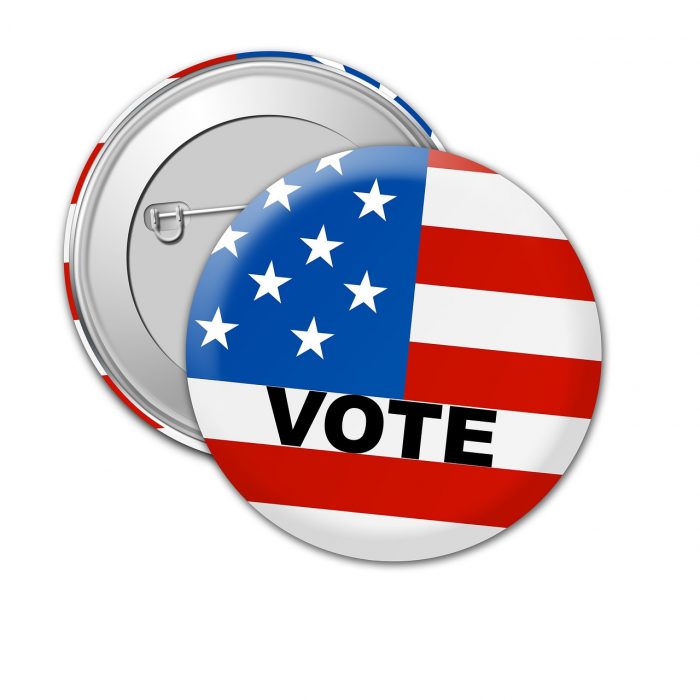Making Democracy Work: Local elections and issues matter
By Lisa Scott
Election Day 2023 is Tuesday, November 7 — In about 10 weeks. You won’t see the president, senators, congress, or governor on your ballot so you may decide to “skip this one.” And we’re already surrounded by incessant media reports anticipating the 2024 presidential election.
However, ignoring the candidates and issues in 2023 local elections would be a big mistake. These elections matter — they affect your daily lives. And learning about local candidates is much harder than in federal races. We’ve all stood in a voting booth with no idea whom to choose for some local races (and may have even left some parts of the ballot blank).
The Harvard Political Review reports that a Johns Hopkins University study in 2018 demonstrated that many Americans lack civic knowledge as it pertains to jurisdictional issues; about 25% of study participants did not know whether federal or state governments were in charge of law enforcement and about 30% delete not knowing which government creates and enforces zoning laws.
Local elections have real consequences. There is no level of government that is more directly responsible for serving your community than your local elected officials. Whether it is the guarantee of having healthy drinking water or the benefits of maintained streets, infrastructure is a concern that should remain on the forefront of voters’ minds as they consider the candidates of a local election.
In Suffolk County this year, you’ll be able to vote for a new County Executive (CE); there are term limits for CE as well as all 18 Suffolk County Legislature members (who are also on your ballot in 2023). Many of Suffolk’s 10 Towns have Supervisor races, and also Town Board/Council seats and other local offices and some judges.
Debates and interviews in the next 10 weeks should bring out important issues and allow voters to hear candidates’ positions. One example of a critical issue is water quality, which has significantly deteriorated in recent years.
According to Dr. Christopher J. Gobler of Stony Brook University, “Presently, more than 360,000 homes are discharging wastewater into our aquifer, and this practice has exacted a serious toll on our waters. For example, the level of nitrate in our aquifer has steadily risen to 3.8 milligrams per liter, a concentration that has been shown to be epidemiologically associated with a greater risk of gastrointestinal cancers and birth defects.”
“This level of nitrate is also 100 times greater than the amount in surface waters, and more than two decades of research has demonstrated that the discharge of this pollution has had cascading negative effects — stimulating the occurrence of harmful algae blooms that have destroyed our most prized shellfisheries, shading out seagrasses that are critical habitats for fish, and promoting fish kills.”
Our NYS Legislature (not up for election in 2023) had passed a bill as part of the state budget that would empower the voters of Suffolk County to decide whether an increase of 1/8 cent in the county sales tax should be dedicated to protecting water resources by installing sewers and clean water septic systems, while attracting and matching state and federal infrastructure funding — via a referendum on the November 2023 ballot.
However the county legislation (IR1573) needed to place this referendum on the ballot was not moved forward on a timely basis by a majority of the Suffolk County Legislature before the required deadline for referendums and thus the future of the matching state and federal funds in unclear. The proposed Suffolk County Water Quality Restoration Act, if the proposition had been allowed to appear on the 2023 ballot, would have provided a dedicated and recurring countywide funding source to transform this plan into action. In a democracy, Suffolk voters would have been able to exercise their voice and approve or defeat this plan directly.
So vote in our 2023 elections — by absentee ballot, early voting from Oct. 28 to Nov. 5, or on Election Day, Nov. 7. To register, check your registration, apply for an absentee ballot, find your polling place, and learn your district numbers visit https://www.elections.ny.gov/. To find out what’s on your ballot, visit Vote411.org 4 weeks before Election Day.
Lisa Scott is president of the League of Women Voters of Suffolk County a nonprofit, nonpartisan organization that encourages the informed and active participation of citizens in government and influences public policy through education and advocacy. For more information, visit https//my.lwv.org/new-york/suffolk-county.







